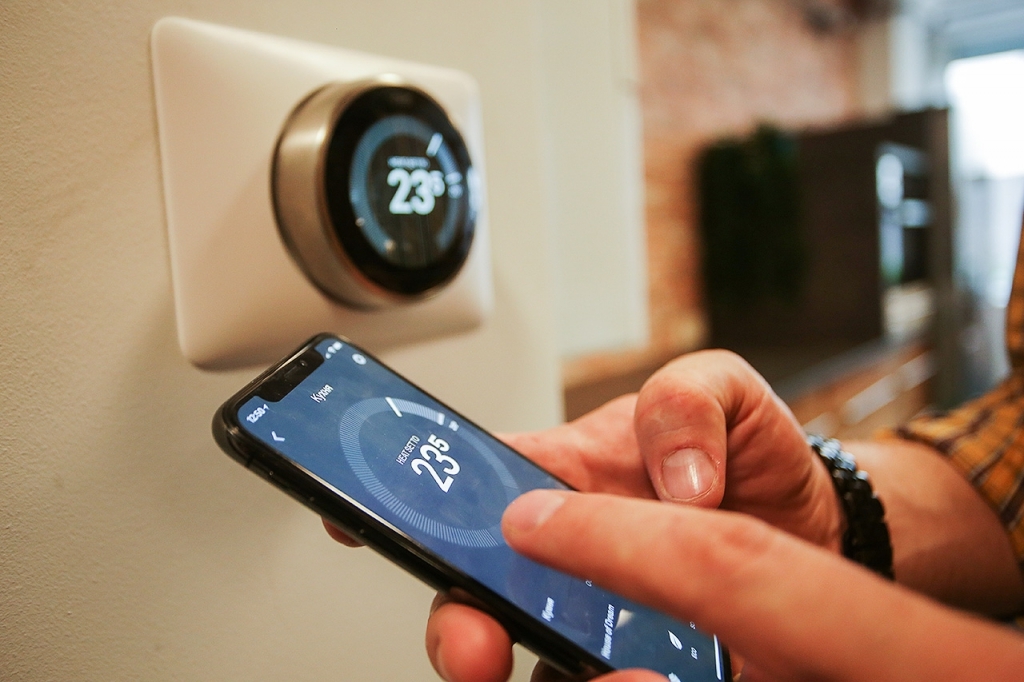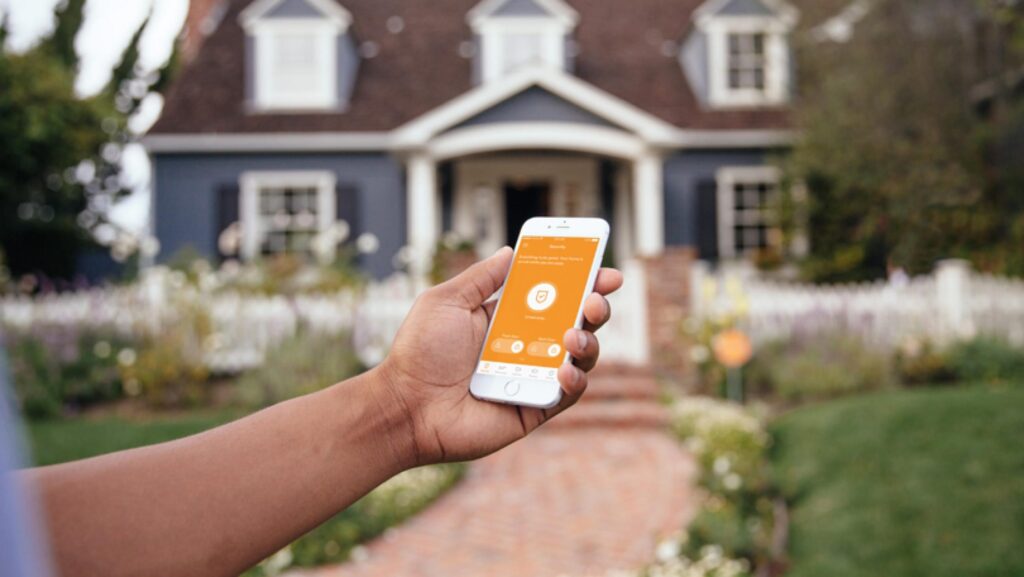The smart house system (smart home) electrical solutions from a set of advanced home gadgets is distinguished by the presence of a control center and the “team” work of different devices according to given algorithms. For example, a motion sensor noticed a suspicious object – a camera turned in its direction. But through which communication channels is the transfer of commands and which are the most reliable?
Scenarios of automated housing solve problems – to make it more convenient, safe and economical electrical solutions. All such systems operate on the principle of receiving and executing commands. Sensors monitor the situation and, in case of a change, send signals to the central controller – the “brain” of the system. The controller receives information, analyzes and, in accordance with the algorithms (scenarios) laid down in it, issues a command to the actuator.
Smart home components communicate and exchange information using a specific data transfer protocol. There are many such protocols, each has its own pros and cons. And this is one of the criteria for choosing an automation system for your home. We figure out which communication channels are better and which are suitable for a small apartment or a large cottage.
Transmission channels
Between themselves, different protocols are either bad or completely incompatible. Each of them has its own variety of sensors, devices and controllers.
That is, for the automation of housing electrical solutions , many sensors and devices are produced, but they are all divided into “families”, inside of which communication is in their “language”. So, if you decide to independently install a smart home, first of all you need to deal with the data transfer protocol. This will determine the capabilities of the system not only at the present moment, but also for the future – providing the ability to add certain devices to the system.

Protocols differ in speed of data transfer, level of energy consumption (important for stand-alone systems), degree of protection electrical solutions (critical for security systems).
Large manufacturers often associate to create and develop new communication protocols. So with the joint efforts of Ericsson, IBM, Intel, Toshiba and Nokia, Bluetooth technology was created and is being promoted for electrical solutions.
But so far, none of the protocols can fully satisfy all the requests of developers and consumers. Each of them has advantages and disadvantages. And, according to experts, a universal solution is still far, if at all possible.
Wifi
The most common protocol for data transfer at home today. It is designed to transmit large amounts of information. Used to connect the Internet and control various devices, including in smart home systems for electrical solutions. It is characterized by wide equipment compatibility and low cost.
But due to technical features, Wi-Fi is not suitable for combining several separate devices into a single whole electrical solutions. The protocol is used for decentralized systems that operate without connecting to a common controller. Using this communication standard, it is convenient to control devices using the remote control or smartphone.






